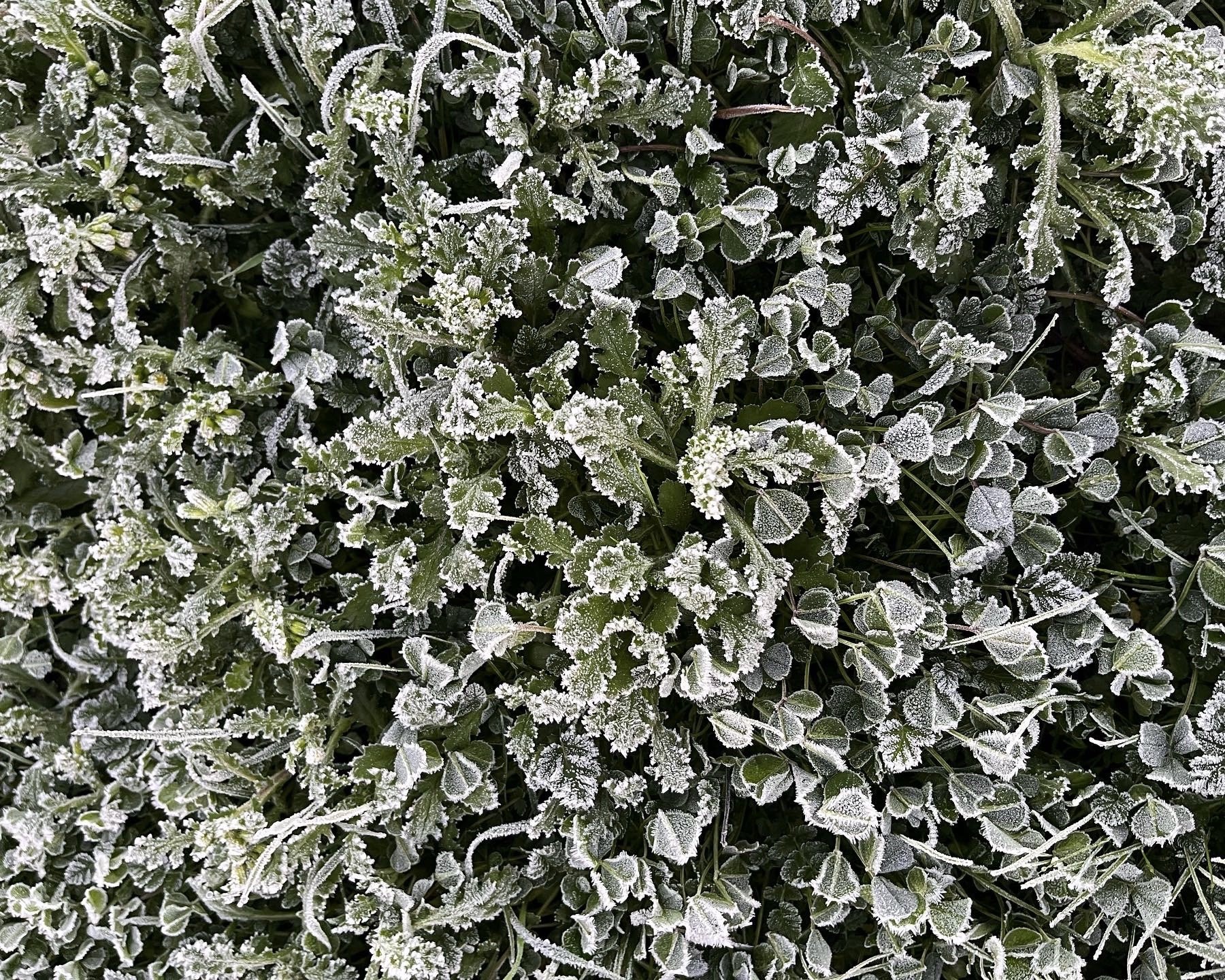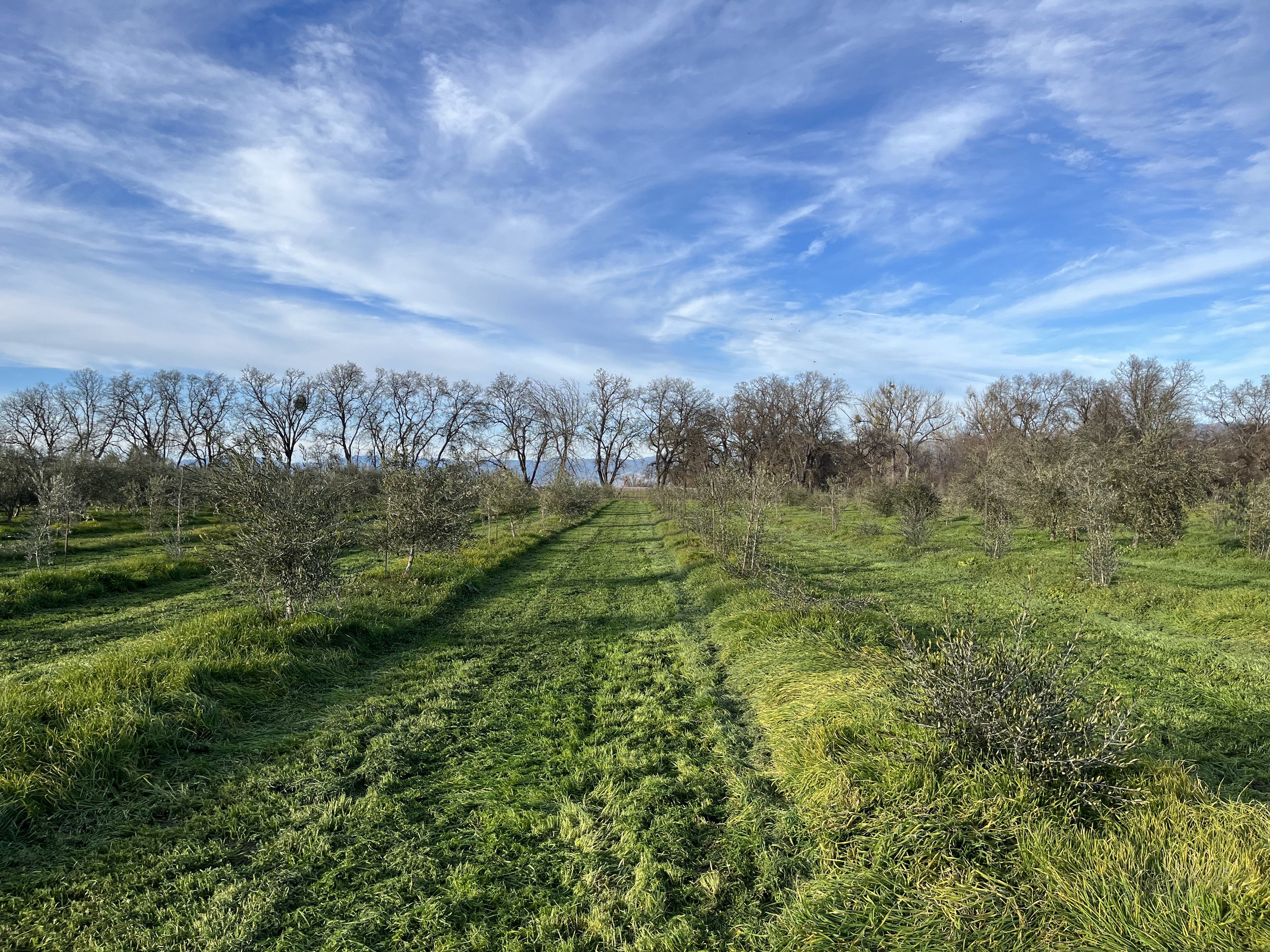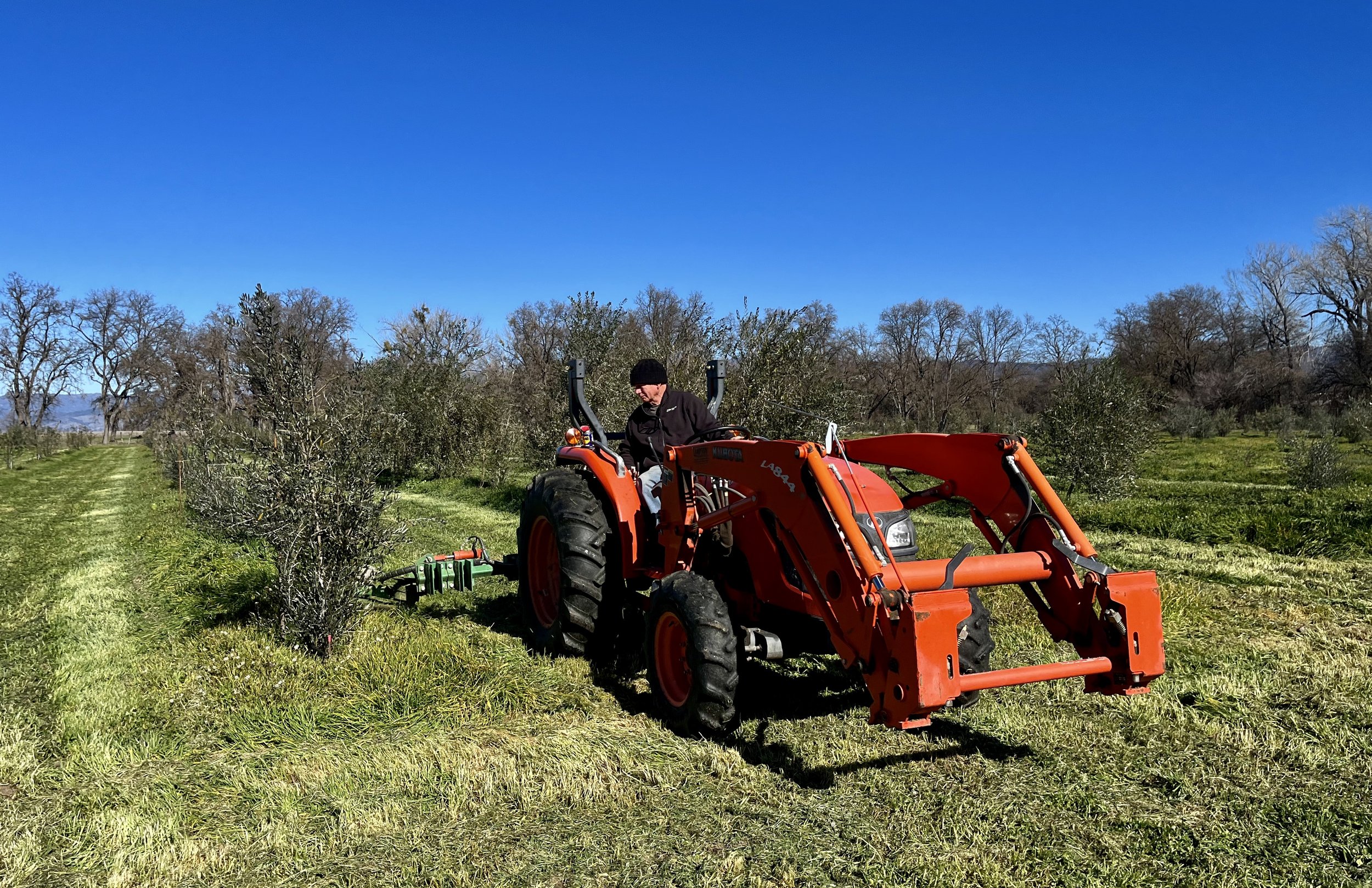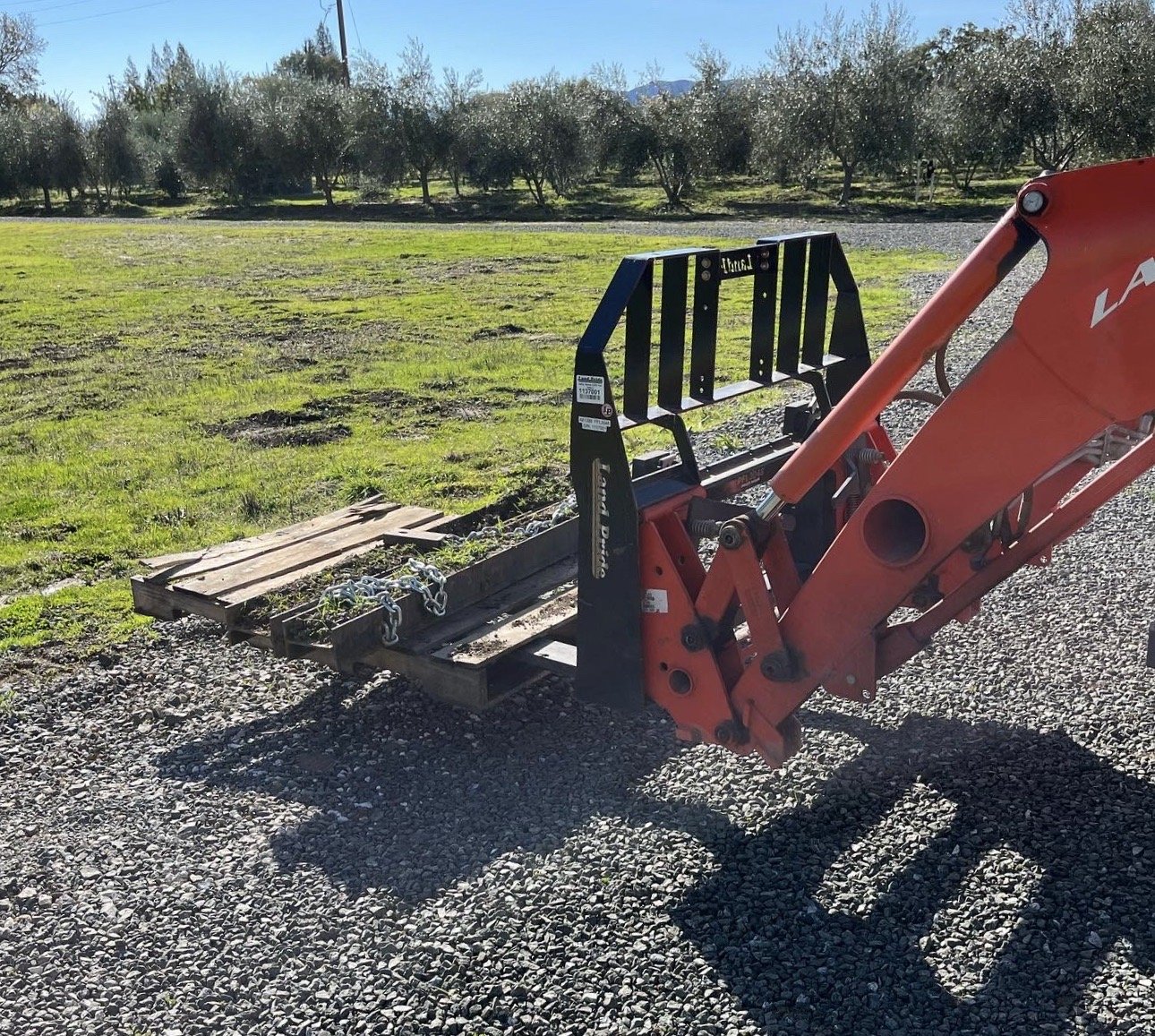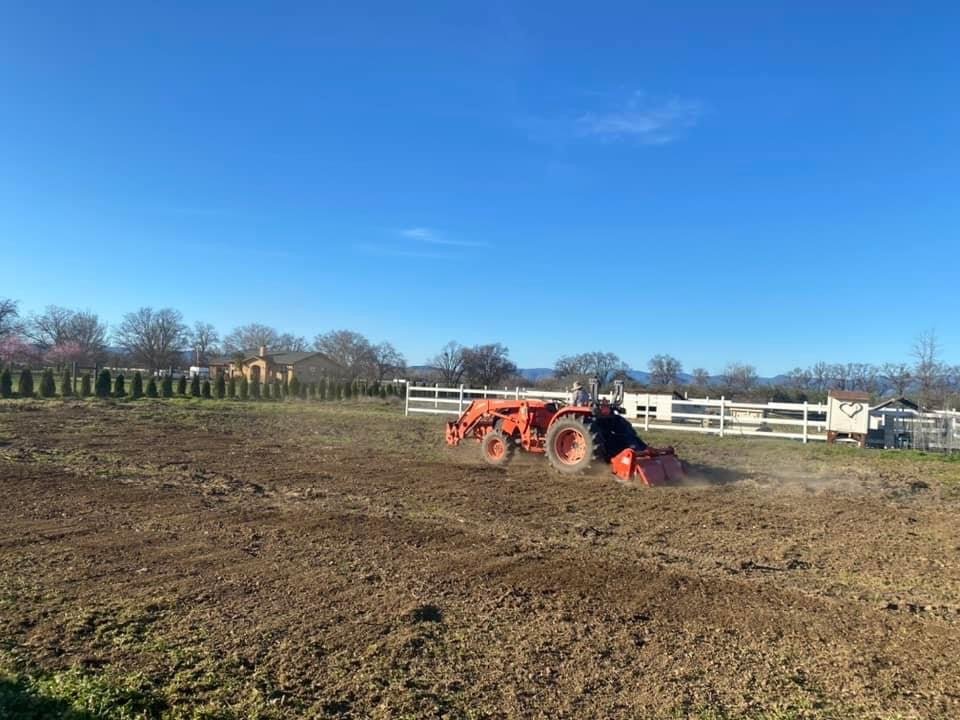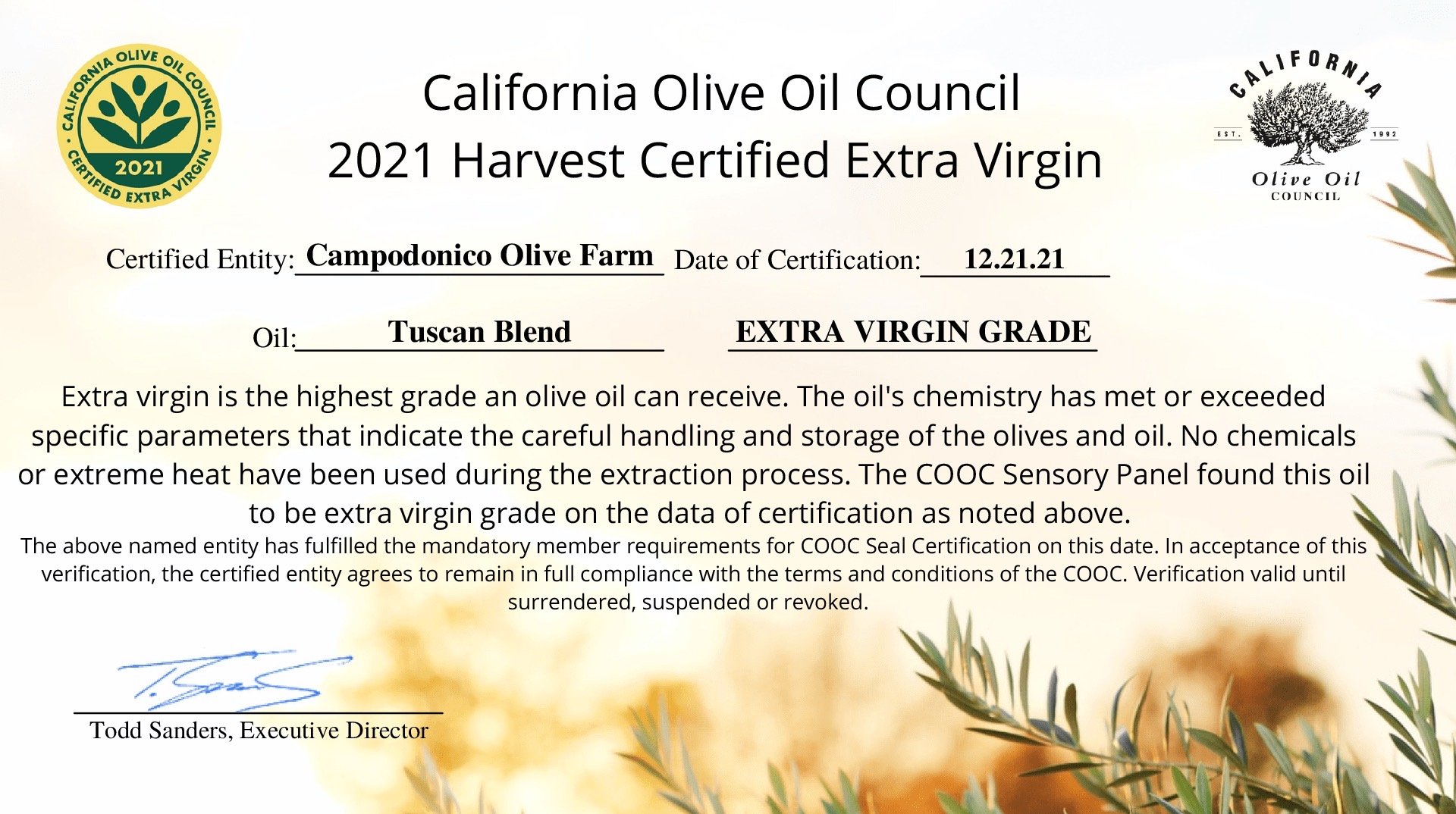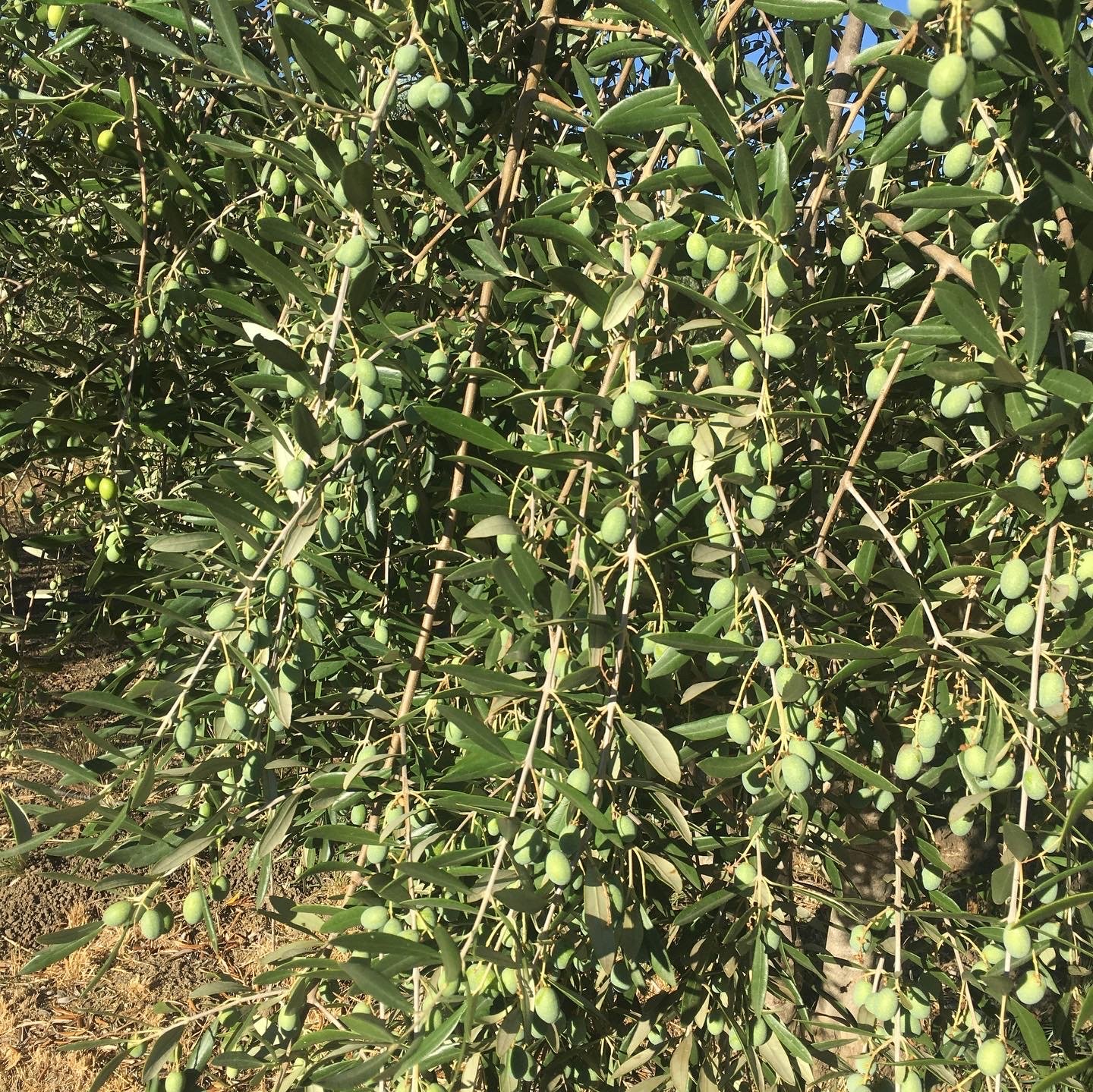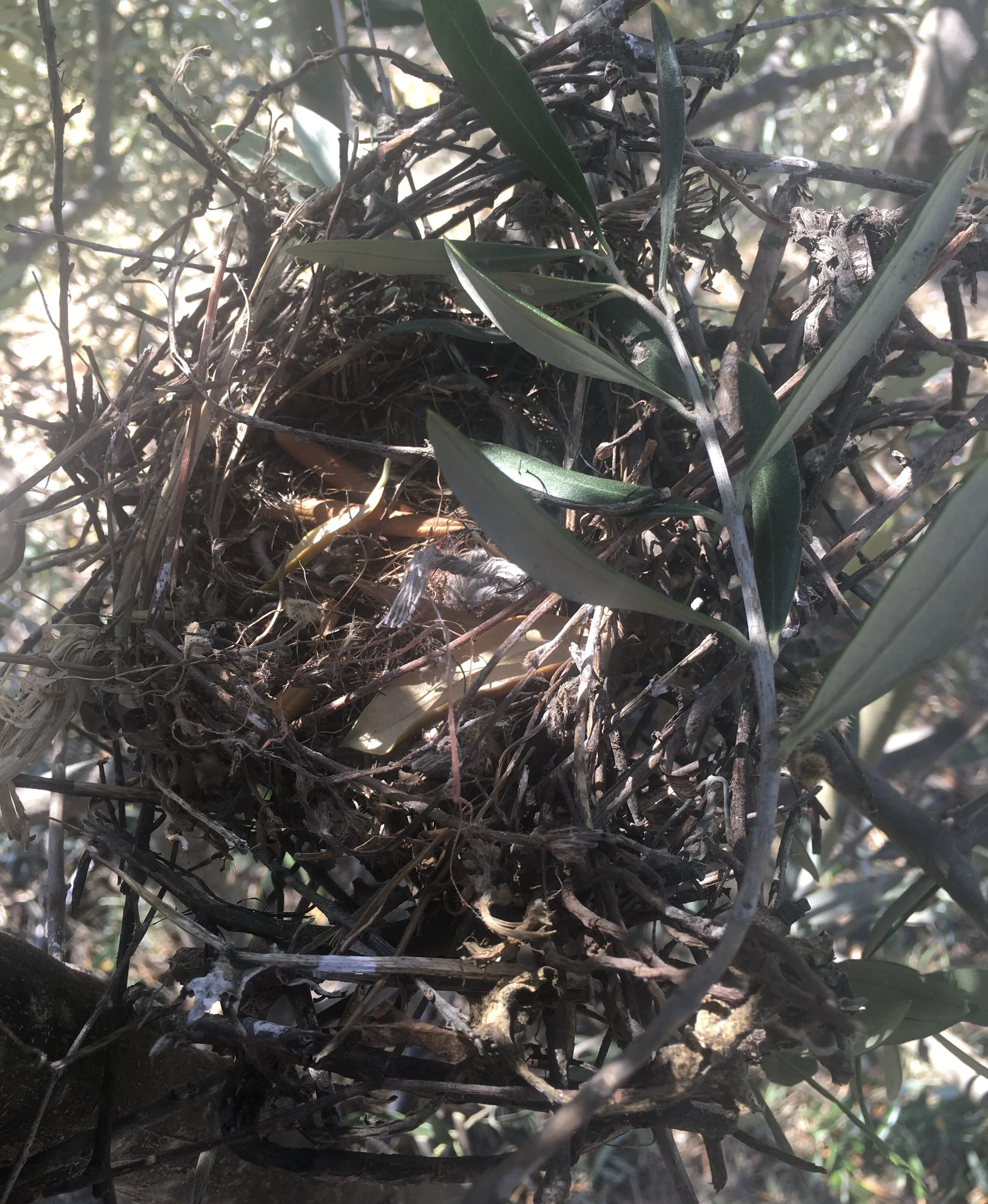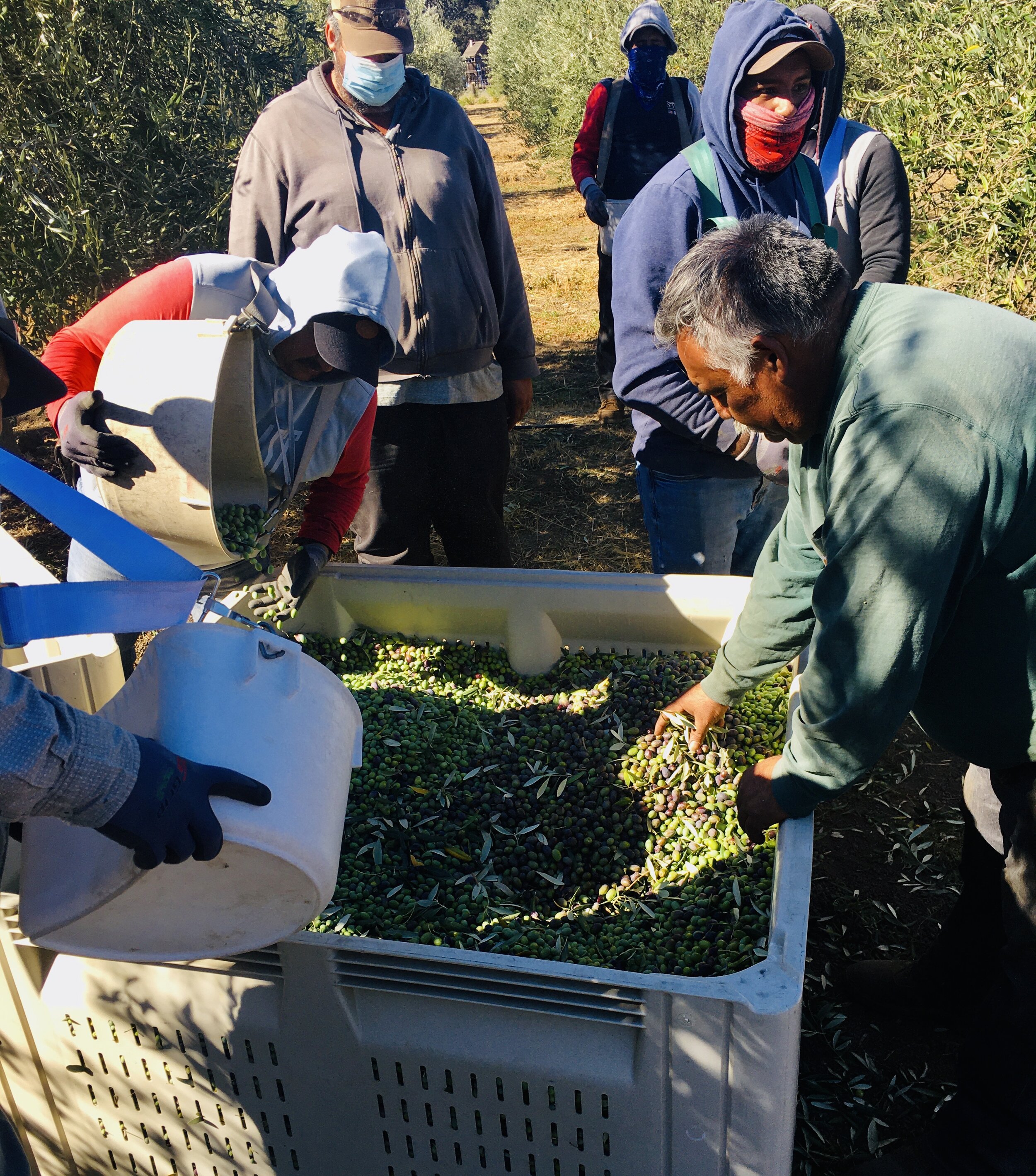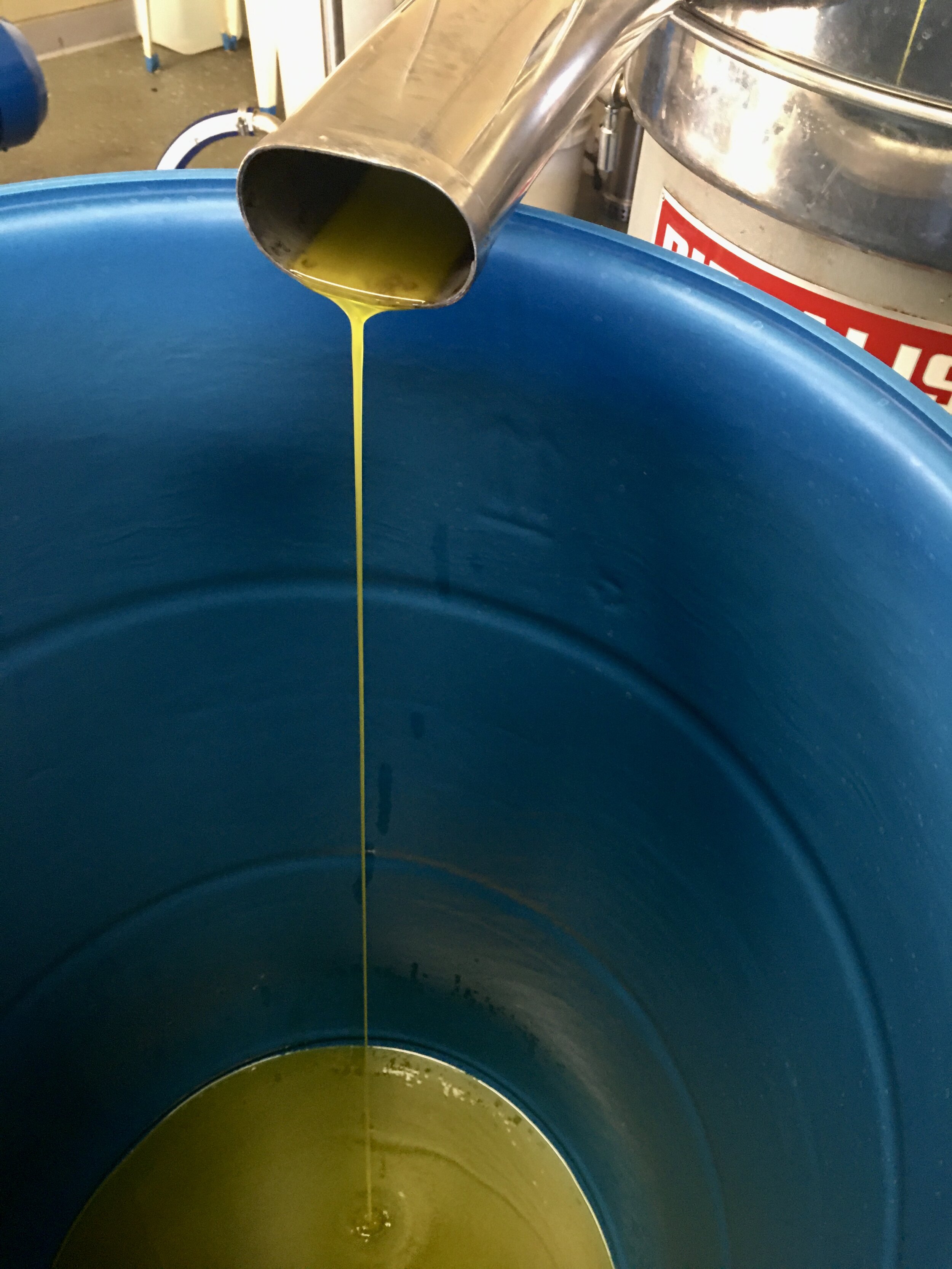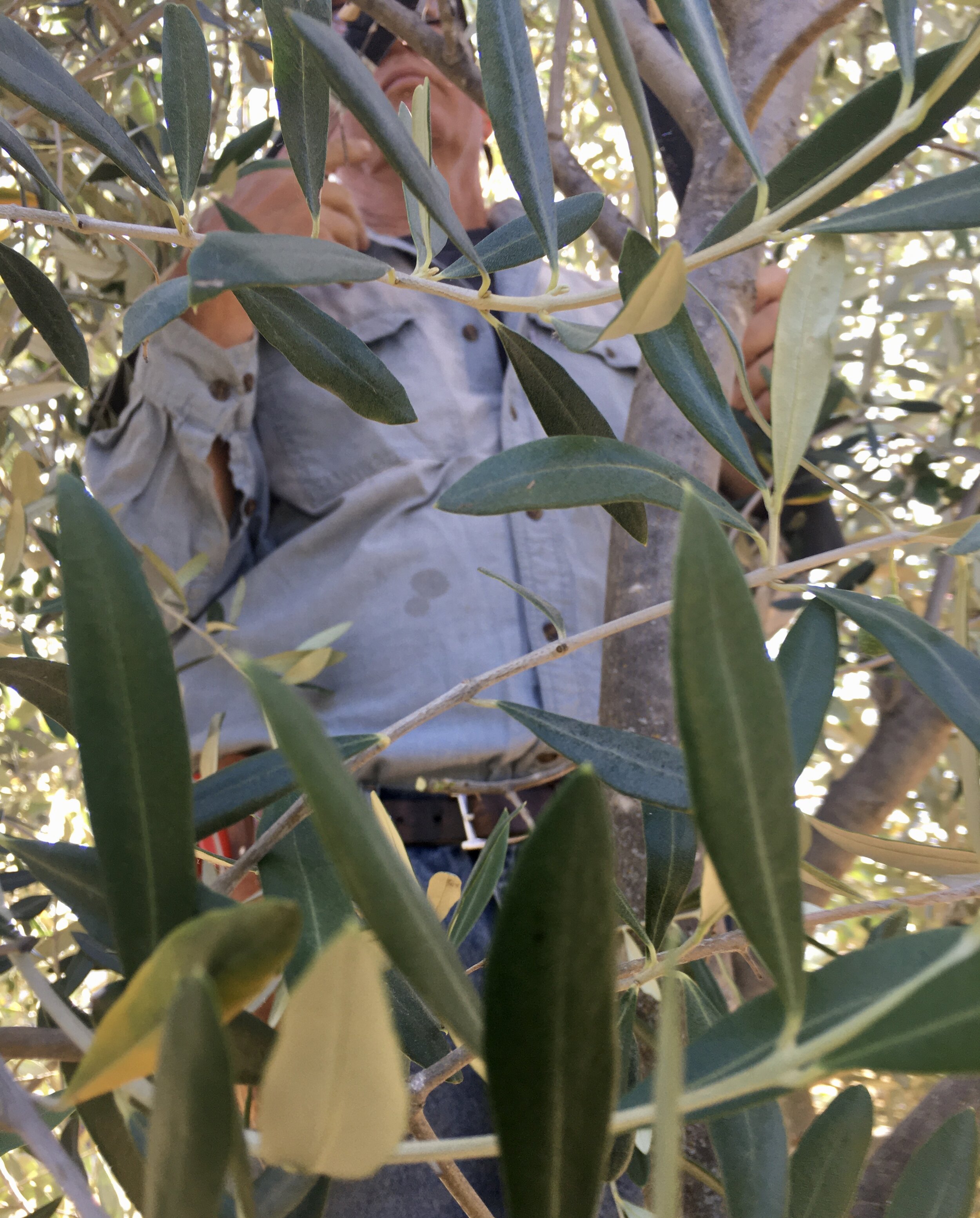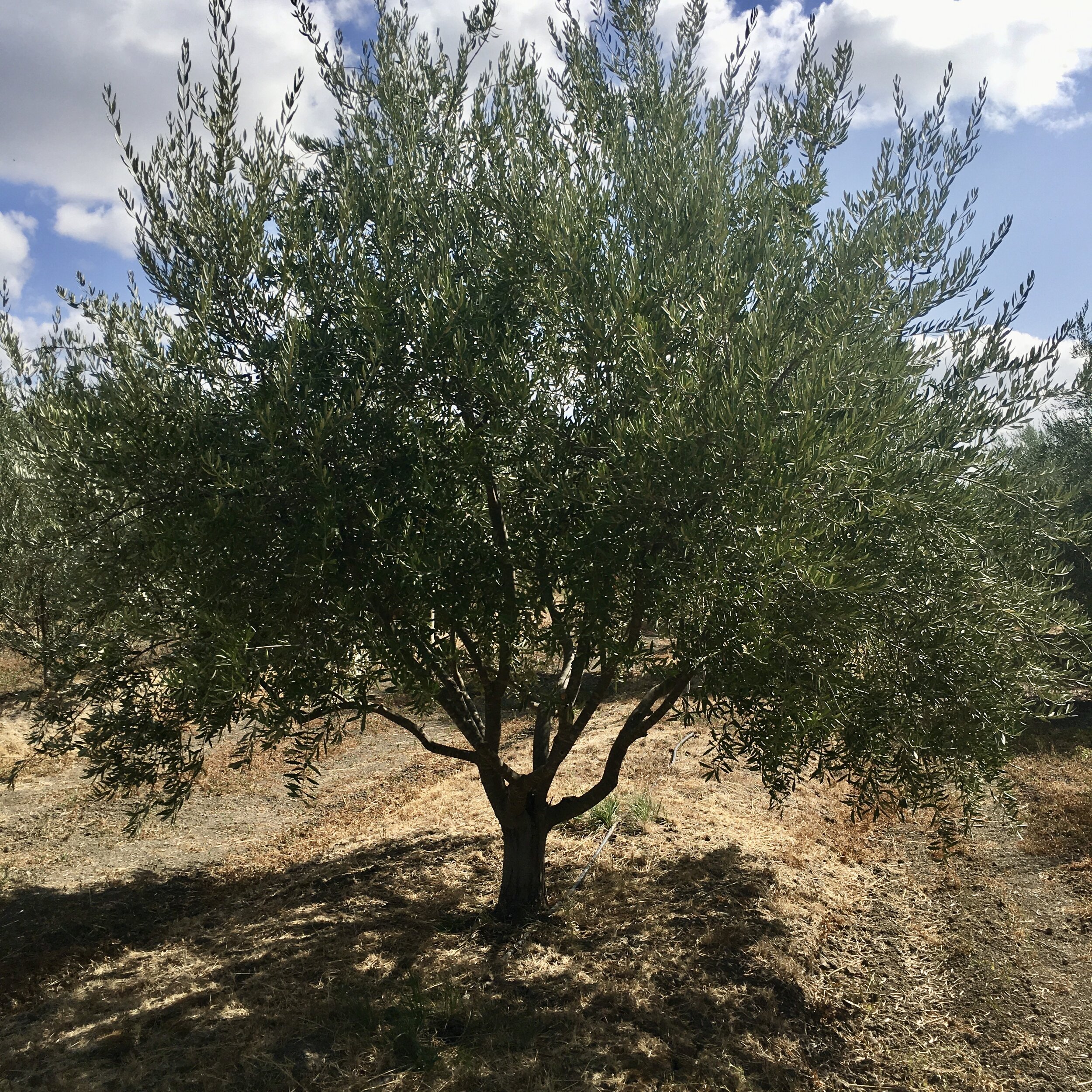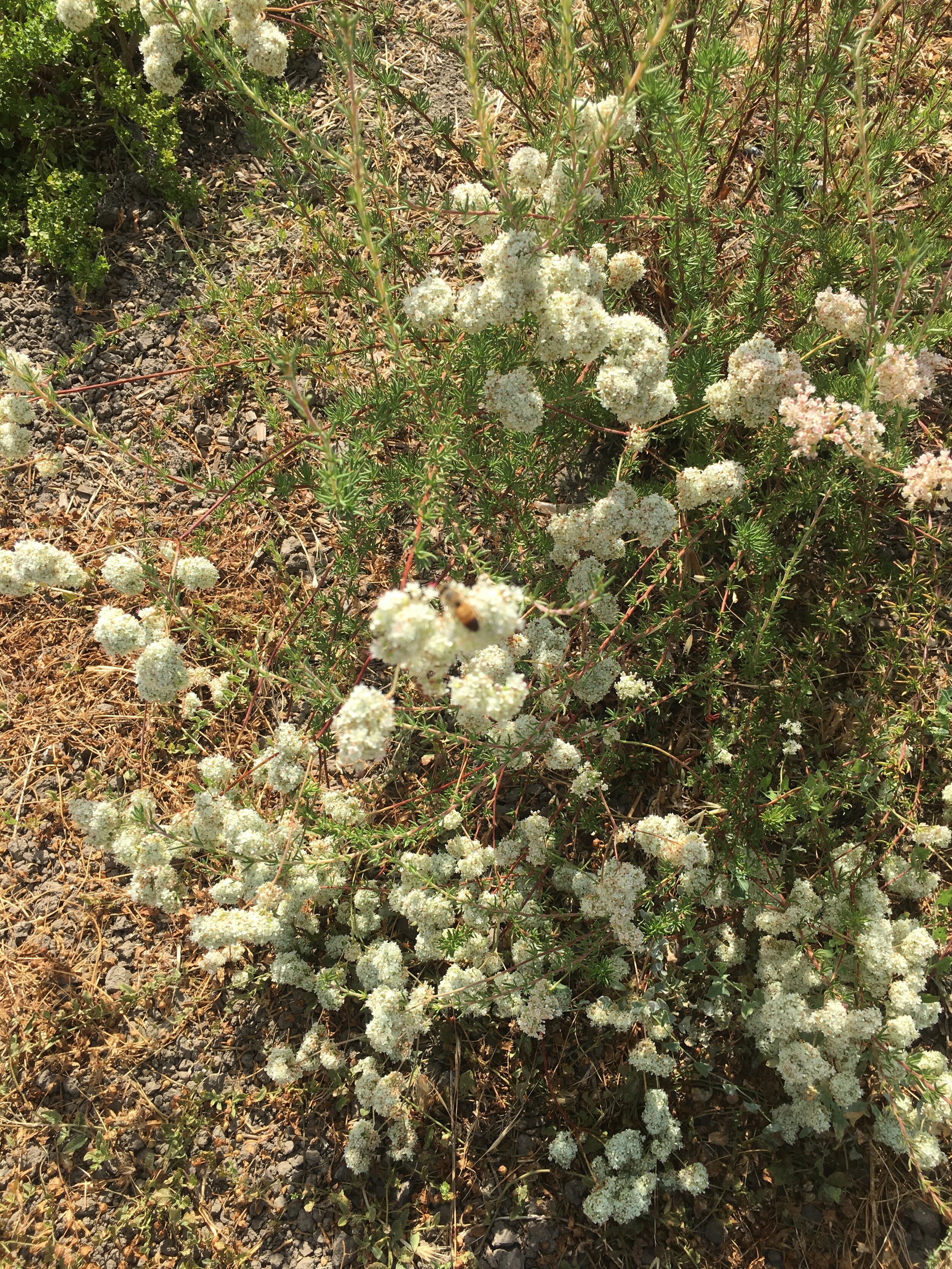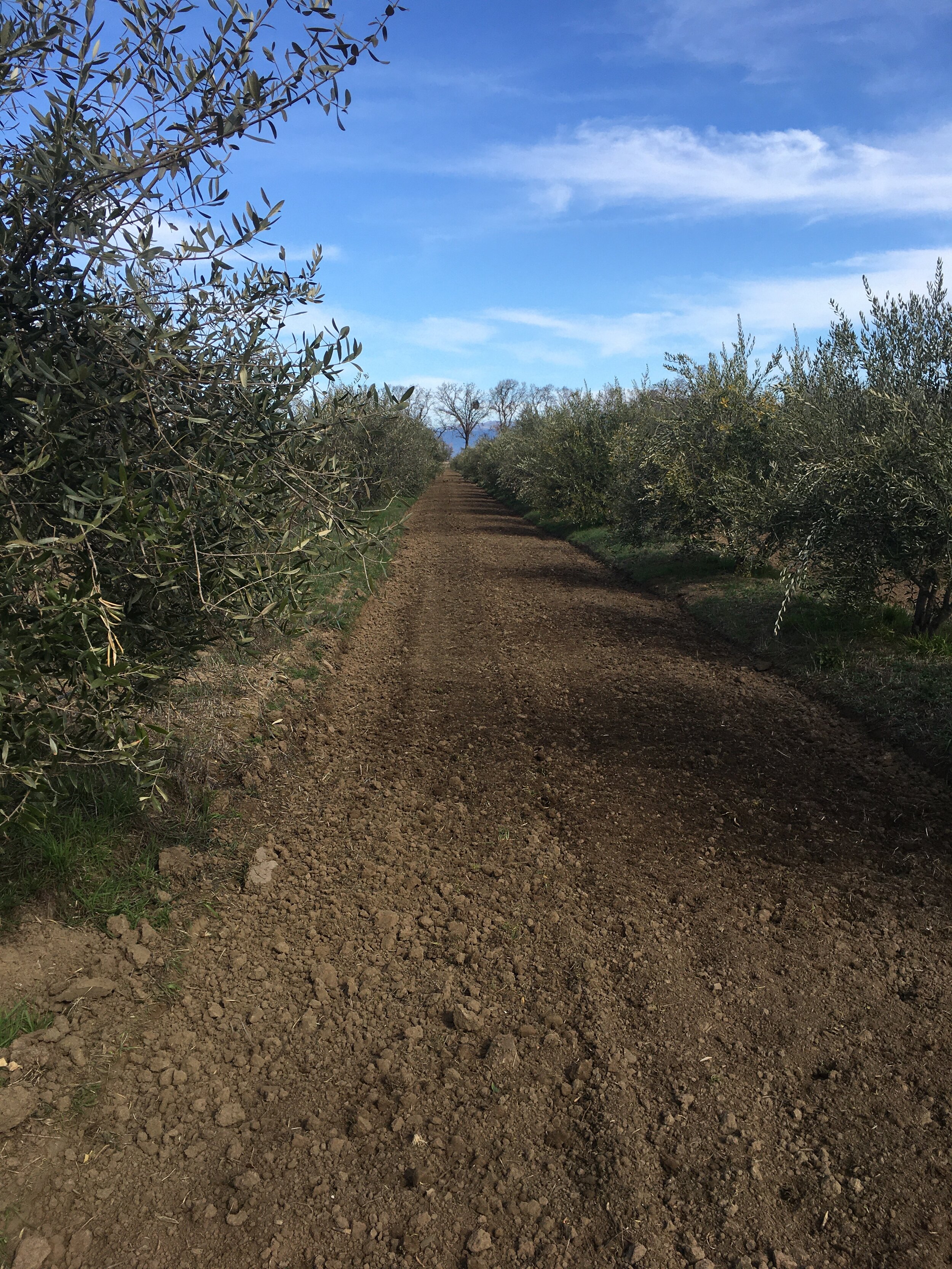Olive oil is not just for people - it’s good for your dog. Using extra virgin olive as part of your pet’s regular diet can help maintain a beautiful shining coat. It is also a great supplement if your dog gets only dry food for its diet. Here is a recipe for a tasty and nutritious treat for your canine companion.
Bear’s Liver Biscuits
[excerpted from The Passionate Olive by Carol Firenze]
Ingredients
12 ounces oat flour
12 ounces rolled oats
3 bouillon cubes
2 eggs
1 cup cold water
1 pound liver puréed in the food processor (preferably from organically raised animals)
1/4 cup extra virgin olive oil
Preparation
Preheat oven to 350 degrees
Mix ingredients and pour into a 13 x 9-inch greased pan
Bake for 1 hour; let pan cool and then cut contents into squares
Serve during walks or as treats anytime
If you freeze the biscuits, they will last up to 6 months







